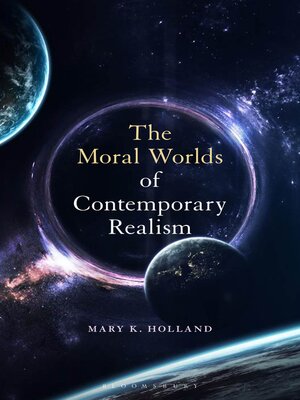
Sign up to save your library
With an OverDrive account, you can save your favorite libraries for at-a-glance information about availability. Find out more about OverDrive accounts.
Find this title in Libby, the library reading app by OverDrive.



Search for a digital library with this title
Title found at these libraries:
| Library Name | Distance |
|---|---|
| Loading... |
Literature has never looked weirder—full of images, colors, gadgets, and footnotes, and violating established norms of character, plot, and narrative structure. Yet over the last 30 years, critics have coined more than 20 new "realisms" in their attempts to describe it.
What makes this decidedly unorthodox literature "realistic"? And if it is, then what does "realism" mean anymore?
Examining literature by dozens of writers, and over a century of theory and criticism about realism, The Moral Worlds of Contemporary Realism sorts through the current critical confusion to illustrate how our ideas about what is real and how best to depict it have changed dramatically, especially in recent years. Along the way, Mary K. Holland guides the reader on a lively tour through the landscape of contemporary literary studies—taking in metafiction, ideology, posthumanism, postmodernism, and poststructuralism—with forays into quantum mechanics, new materialism, and Buddhism as well, to give us entirely new ways of viewing how humans use language to make sense of—and to make—the world.
What makes this decidedly unorthodox literature "realistic"? And if it is, then what does "realism" mean anymore?
Examining literature by dozens of writers, and over a century of theory and criticism about realism, The Moral Worlds of Contemporary Realism sorts through the current critical confusion to illustrate how our ideas about what is real and how best to depict it have changed dramatically, especially in recent years. Along the way, Mary K. Holland guides the reader on a lively tour through the landscape of contemporary literary studies—taking in metafiction, ideology, posthumanism, postmodernism, and poststructuralism—with forays into quantum mechanics, new materialism, and Buddhism as well, to give us entirely new ways of viewing how humans use language to make sense of—and to make—the world.







